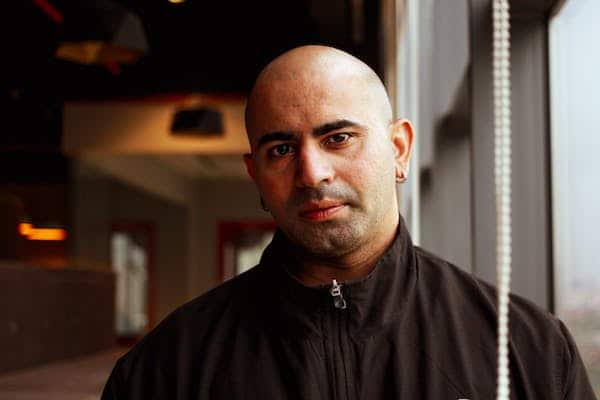Laser Hair Therapy or Conventional Hair Restoration Techniques?
In recent years, Laser Hair Therapy has emerged as the most discussed therapy for hair loss. Hair transplant treatments include a variety of strategies created to deal with issues including thinning or loss of hair. When discussing methods, laser hair therapy is often mentioned as an option for treating hair thinning. Modern dermatological lasers are used to light up hair follicles, delivering oxygen and nutrients. The market for laser hair treatment, which has gained popularity in recent years, is projected to grow to more than $318.4 million by 2026.
If you’re not familiar with laser treatment for hair loss, this article will fill you in on the specifics, as well as other options, for restoring your hair.
Let us call you

Learn about Laser Hair Therapy as a Treatment for Baldness.
Laser hair growth therapy stimulates new hair growth, increases hair thickness, and stops hair from falling out. Photobiomodulation is the basis for this technique. The energy required for hair follicle regeneration can be supplied by photobiomodulation. Low-level lasers are delivered to the scalp in a process called laser hair growth treatment. The laser light’s kinetic energy stops hair from falling out and fortifies the hair follicle. By boosting circulation to the scalp, laser treatment for hair loss promotes hair growth. Laser hair treatment after FUE hair transplant requires minimal downtime. The low-intensity laser also lessens the discomfort associated with conventional hair transplants.
How does it vary from the standard method of hair transplantation?
The ultimate goal of both conventional and laser hair treatment is to stimulate hair growth and conceal a balding scalp or thinning hair. It’s a way to treat baldness without resorting to surgery. This treatment employs laser light to stimulate the scalp, which in turn stimulates the hair follicles. One employs mechanical means, while the other makes use of a source of illumination. Bleaching is the most popular kind of therapy, and it works by removing the pigment from the scalp, leaving it white. Laser therapy, on the other hand, confines its light to the treatment region.
When compared to conventional hair removal treatments, laser therapy poses far less dangers. Hair follicle stem cells are activated to proliferate when exposed to light. This procedure promotes the rapid regrowth of lost hair. The laser’s heat radiation opens up blood vessels, further facilitating blood flow to the scalp.
Negative Aspects of Laser Hair Treatment
The use of lasers to cure hair loss stimulates hair follicles, resulting in new hair growth. The technique has minimal risk and no permanent consequences. Some frequent adverse reactions are listed here.
Redness of the Skin
Minor, but potentially apparent, side effects include transient discomfort and swelling in the treated region brought on by the laser itself. The results are frequently comparable to those of more conventional hair restoration methods. Get medical help right once if your symptoms worsen.
Alterations in Pigmentation
After therapy, the patient’s skin tone may change somewhat. Spots are more noticeable on those with lighter skin tones, whereas those with darker skin tones may have lighter spots.
Laser Hair Therapy and Its Potential Dangers
The number of reported side effects from Laser Hair Therapy is surprisingly low. The only drawback is a transient onset within the first two to three months, but it quickly fades away. Despite widespread assurances of its safety, the process is not without certain potential hazards. Some possible dangers include the following:
- Disorders of the skin
- Eye injuries
- Burns
- Symptoms of Allergies Scarring


